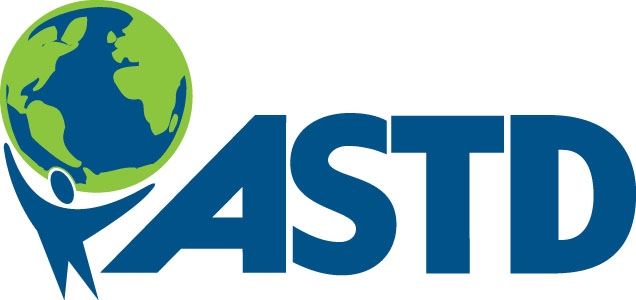Global economic change and uncertainty coupled with fast-paced developments in technology and communications require organisations to be more agile, at lower cost and with improved results. For L&D that can mean supporting change and exploring new ways of facilitating learning, most notably this can be seen in the shift from classroom-based training to peer-to-peer learning.
But what does all this mean for L&D professionals and their own professional development? LearnPatch asked three member organisations who represent L&D professionals for their view of what professional development looks like for the year ahead. We asked: What does professional development look like for L&D in 2013?
First up is the American Society for Training & Development (ASTD), which has members in more than 100 countries and 120 branches – or chapters – in the US.
What does professional development looks like for L&D in 2013?
Kristen Fyfe, senior manager of communications, ASTD
In 2013, professional development for learning and development practitioners really is about developing the skills required to be a business partner to the organization. From a professional development standpoint, this may mean different things to different people, depending on their individual background and business experience.
Trainers need business acumen, they need to be able to measure impact in ways that are meaningful to their organization, they need to talk about results in a language that is meaningful to senior leaders, and they need to fully understand the business’s strategies and goals so that the training initiatives they design and deliver close gaps, drive results, and contribute to growth for the company.
To help craft a path forward for the profession, ASTD recently updated its Competency Model to help provide an understanding for practitioners about what they need to know and do to update their skills, knowledge, abilities, and behaviors to help lead their organizations into the future.
As noted in the January 2013 edition of T+D magazine, ASTD’s flagship monthly periodical:
A closer look at the landscape within organizations and in the training and development field shows transformational changes since 2004, when The ASTD Competency Model underwent it’s last major revision. Four now-familiar factors triggered the 2013 revisions:
- the recession and economic uncertainty
- digital, mobile, and social technology
- demographic shifts
- globalization.
To address today’s business reality ASTD’s research showed that to be competent as an L&D professional, one must possess six foundational skills related to business acumen. These include:
- Business skills
- Interpersonal skills
- Global mindset
- Personal skills
- Industry knowledge
- Technology literacy.
On top of this foundational base exists 10 areas of expertise (AOEs) for training and development professionals. These AOEs are:
- Change management
- Performance improvement
- Instructional design
- Training delivery
- Learning technologies
- Evaluating learning impact
- Managing learning programs
- Integrated talent management
- Coaching
- Knowledge management.
To support the professional development of L&D practitioners, ASTD not only revised the competency model, it provides education programs and resources that upskill professionals in each of these competencies. ASTD also created the Certified Professional in Learning and Performance (CPLP) credential several years ago. In 2012 ASTD introduced the Master Trainer program, the result of strong demand from the profession from trainers who were seeking deeper expertise in the delivery of training.
Learning and development professionals should be key drivers to help organizations achieve their strategic objectives. By developing the workforce strategically and with an eye to meeting clear, defined business needs, trainers become partners in growth and company success.




